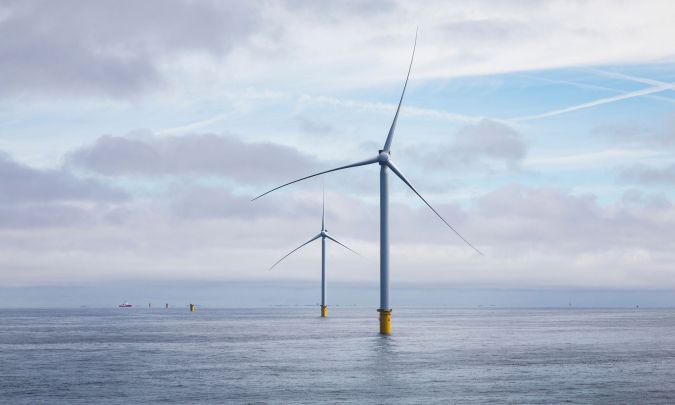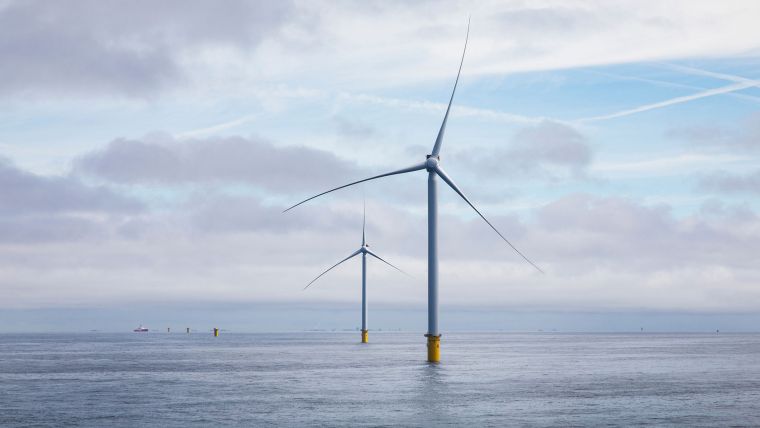Offshore wind farms and the impact on the North Sea ecosystem
Offshore wind farms have emerged as a significant source of renewable energy in the North Sea. However, concerns persist regarding their environmental effects. A recent study conducted by Ute Daewel and colleagues examined the potential impacts of wind wakes generated by these farms on primary production and bottom water deoxygenation in the region.
Through numerical modelling, the researchers found that the wind wakes produced by offshore wind farms in the North Sea have substantial implications for the marine ecosystem. These wakes result in significant changes in annual primary production, leading to local variations of up to ±10% – not only within the wind farm clusters but also in the surrounding region. Moreover, the model predicts increased sediment carbon content in deeper areas of the southern North Sea due to reduced current velocities. The reduced current velocities also contribute to lower dissolved oxygen levels within an area that already experiences low oxygen concentrations. These findings suggest that ongoing offshore wind farm developments could have a profound impact on the structure of coastal marine ecosystems at a basin scale.
The North Sea: ideal location for offshore wind energy
The unique characteristics of the North Sea, including its shallow shelf system, complex frontal system and stable wind resources, make it an excellent location for offshore wind energy production. In line with the European Green Deal’s goal of phasing out fossil fuels and achieving carbon neutrality by 2050, plans are underway to accelerate offshore renewable energy development, leading to a substantial increase in installed capacity in the North Sea.
While previous studies mainly focused on the direct hydrodynamic consequences of wind farm structures in their immediate vicinity, this study emphasizes the cumulative and larger-scale impacts of multiple offshore installations. The wind wakes generated by these farms extend over significant distances, affecting various oceanic properties such as vertical velocities, mixing, stratification, temperature and salinity.
Considering indirect impacts on marine ecosystems
Understanding the ecological effects of offshore wind farms presents challenges due to the dynamic nature of marine systems and the presence of other anthropogenic stressors. The study highlights the importance of considering indirect impacts, such as changes in nutrient availability, modifications in the pelagic and benthic ecosystems, and the potential for restricted fisheries within wind farm areas.
To evaluate the ecosystem impacts, the researchers employed numerical modelling techniques that simulated scenarios with and without offshore wind farm disturbances. The results offer valuable insights into the potential consequences of future wind farm installations, indicating significant restructuring of the marine ecosystem in the southern and central North Sea.
Need for long-term monitoring and further research
It is crucial to conduct extensive investigations and long-term monitoring of the effects of offshore wind farms on marine ecosystems. By integrating comprehensive physical and biological observations with advanced modelling approaches, scientists can enhance our understanding of the interactions between renewable energy production and the marine environment. This knowledge will be vital for developing sustainable offshore energy strategies that minimize environmental impact while maximizing the benefits of clean energy generation.















